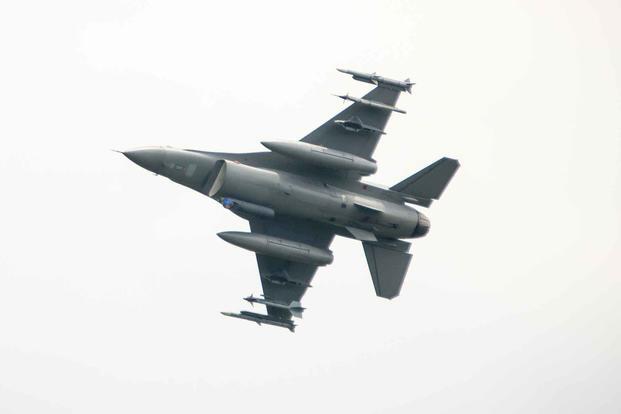December 24 that the U.S. air force will send more military aircraft to the Pacific region next year.
The Pacific Air Force Command Command, based at Joint Base Pearl Harbor-Hickam in Hawaii, plans to expand Operation Pacific Island Jump, or “Agile Operational Operation” (ACE), said Kenneth Wilsbach, commander of the U.S. Air Force Command on December 22, according to the U.S. military website on December 22. — to equip pilots with the skills needed to perform tasks anytime, anywhere.
“We will continue to expand ACE coverage and enhance content and capabilities to carry out missions on a larger scale,” Wilsbach said in an interview with the U.S. Military website this month.
We will also continue to work with our allies and partners.”
He said: “One of ACE’s goals is extremely high agility and mobility.
And from the perspective of observers, the action is random.” He is referring to making it more difficult for countries such as Russia and China to interpret the actions of the U.S. Air Force.
According to the report, the Pacific Air Force Command has launched the ACE concept, which is to establish small centers to deploy rapid reaction forces in difficult areas around the world.
In recent months, Europe has also introduced this concept.
The Pacific Air Command is affiliated with the United States Indo-Pacific Command, which oversees military operations from the west coast of the United States to the west coast of India, from the northern Arctic to the southern Antarctic, and its area of responsibility covers about 52% of the earth’s surface area.
“It takes a quick to operate in millions of square miles of responsibility,” Welshbach said, which is why “we now include ACE in almost every exercise.” “We didn’t use ACE to build large bases that require a lot of infrastructure, and that’s expensive,” he said.
It is reported that since 2018, the U.S. Air Force has been studying new concepts that deter potential enemies, and the Marine Corps is also practicing this island jumping tactic to strengthen the ship’s ability to the opposite side in a long-range environment.
In a call with reporters last month, Wellsbach said that the Pacific Air Force Command “examines every corner of the Pacific and Indo-Pacific regions” to determine where military aircraft can land — from state-of-the-art fighter jets to bulky transport aircraft.
Wellsbach also details how the F-22 Raptor stealth fighter deployed at Andersen Air Force Base, Guam, landed in Palau, the western Pacific island country, in November, and how the C-130 Hercules transport plane and crew could “heated” it – to save time, during the aircraft refuel.
The engine keeps running. The exercise was based on the Pacific Air Command’s previous concept of “rapid raptor” to allow fighter jets to fly beyond traditional fixed facilities; the operation began in late 2013.
Welshbach said that the recent joint training with Palau is an opportunity to work with the new allies and part of the Pentagon’s larger goals.
According to the report, the Pacific Air Force Command must also balance other tasks, including those in the Arctic and Antarctic.
The increasing number of military and commercial activities in the Arctic is worrying, and that “the majority of the opponents in Antarctic region are scientific activities”, at least for now, Welsbach said.
For example, the Russian state-owned Tass News Agency reported in August that Russian troops conducted amphibious landing exercises on the Tamil Peninsula in the Arctic Ocean.
With the help of the U.S. Northern Command and Canada, the Pacific Air Command wants to mitigate “any form of conflict, fighting or provocation that occurs in the Arctic.” Wellsbach said.
“But if other countries are developing this capability, then I would recommend paying close attention to these countries,” he said.



